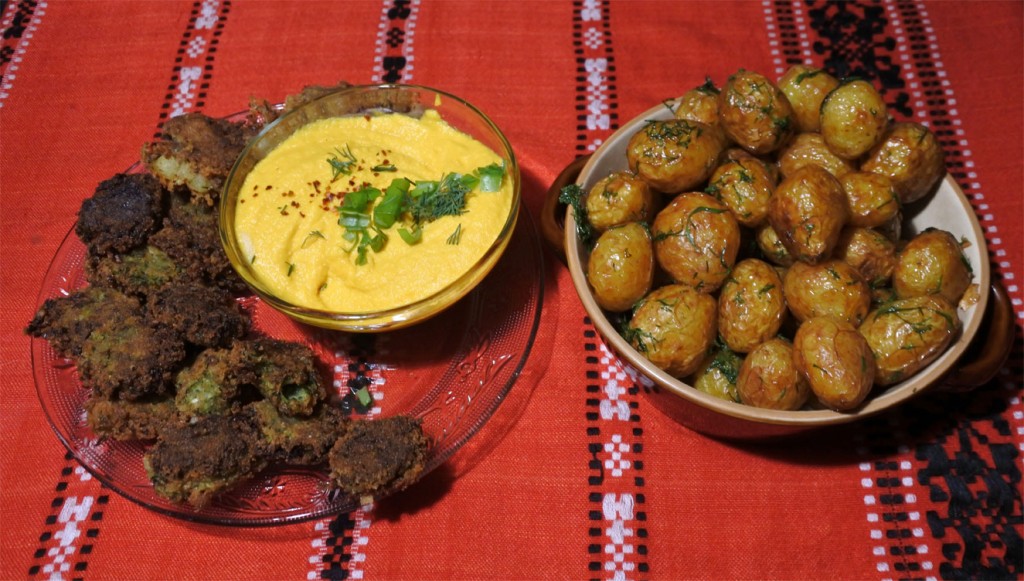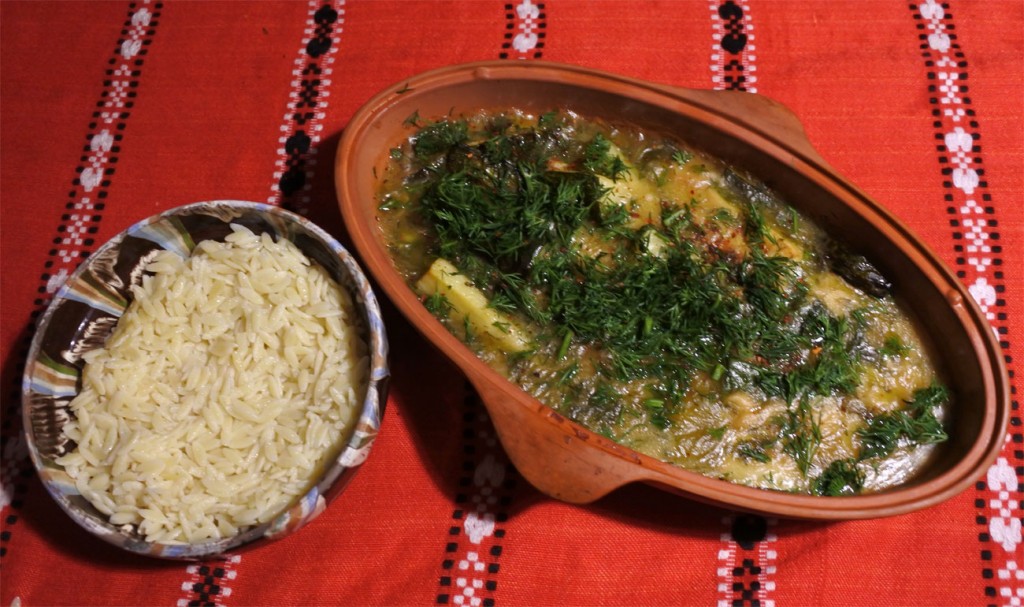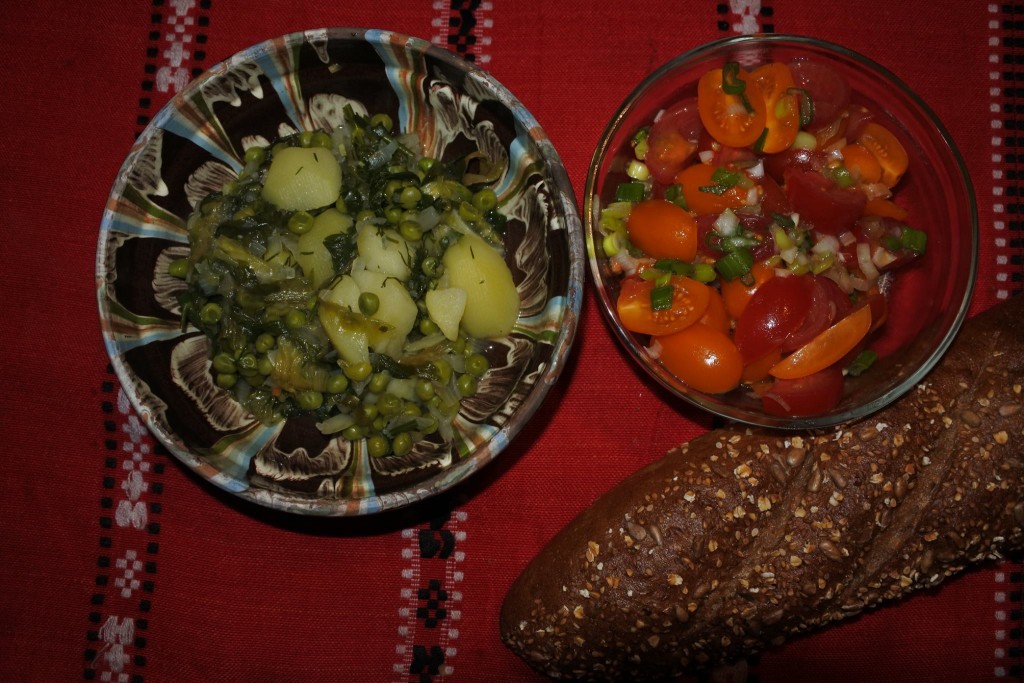It’s not easy being a vegan and visiting Romania, because most local restaurants have a menu that is highly focused on meats and heavy animal fats. That’s not to say that Romania doesn’t have a vegan tradition, only that Romanians do not recognize it as such. This is a paradox, if you are aware of the fact that Romanians may fast up to 192 days out of the entire year.

Fasting implies eating foods free of any animal fats, in some cases, free of any fats. Because “de post” translates “for fasting,” many vegan visitors to Romania will not know what to order in a restaurant. Write “de post” in your notebook, and take it with you. Show it to a waiter next time you visit the country, and you will receive recommendations appropriate to your diet. And, with the recipes from Vegan Romania, a book I published at the beginning of the year for English-speaking vegans and vegetarians, you can now even cook like a Romanian.

Oceanographer Jacques Yves Cousteau once said, “I would say that not only does the world in fact know nothing about Romania, but neither do you, Romanians, recognize miracles. When it comes to cuisine, at least, you are very, very rich in your so-called poverty.” And he was so right.
There are many other interesting vegan foods to discover in Romania, but, for the purpose of an introduction into our traditional cuisine Vegan Romania only features 100, including some of our iconic and legendary specialties: mămăligă (porridge), iahnie (baked beans), plachie (ragout), sarmale (stuffed cabbage), stuffed peppers, and zacuscă (vegetable spread).
If you are familiar with Romanian cuisine, you will also notice that many are different from what you learned from your relatives and from other Romanian cookbooks. This is because traditional cuisine is mostly verbally preserved and each housewife has her own cooking style and different recipes.
Feel free to improve the recipes to suit your palate. For instance, you may want more herbs, some spicy chili flakes, sugar to sweeten the taste of the tomatoes, and so on.
You will also notice that many recipes call for tomato paste – feel free to use fresh tomatoes instead. Also remember that our cuisine counts a lot on onions and garlic – so have plenty in your household. Other must-haves include parsley, dill, and sweet paprika powder.

I have collected these recipes from my travels around Romania, as well as from my relatives, and especially from my grandmother, who lived in the south of the country, in Teleorman County, in the historical region of Muntenia.